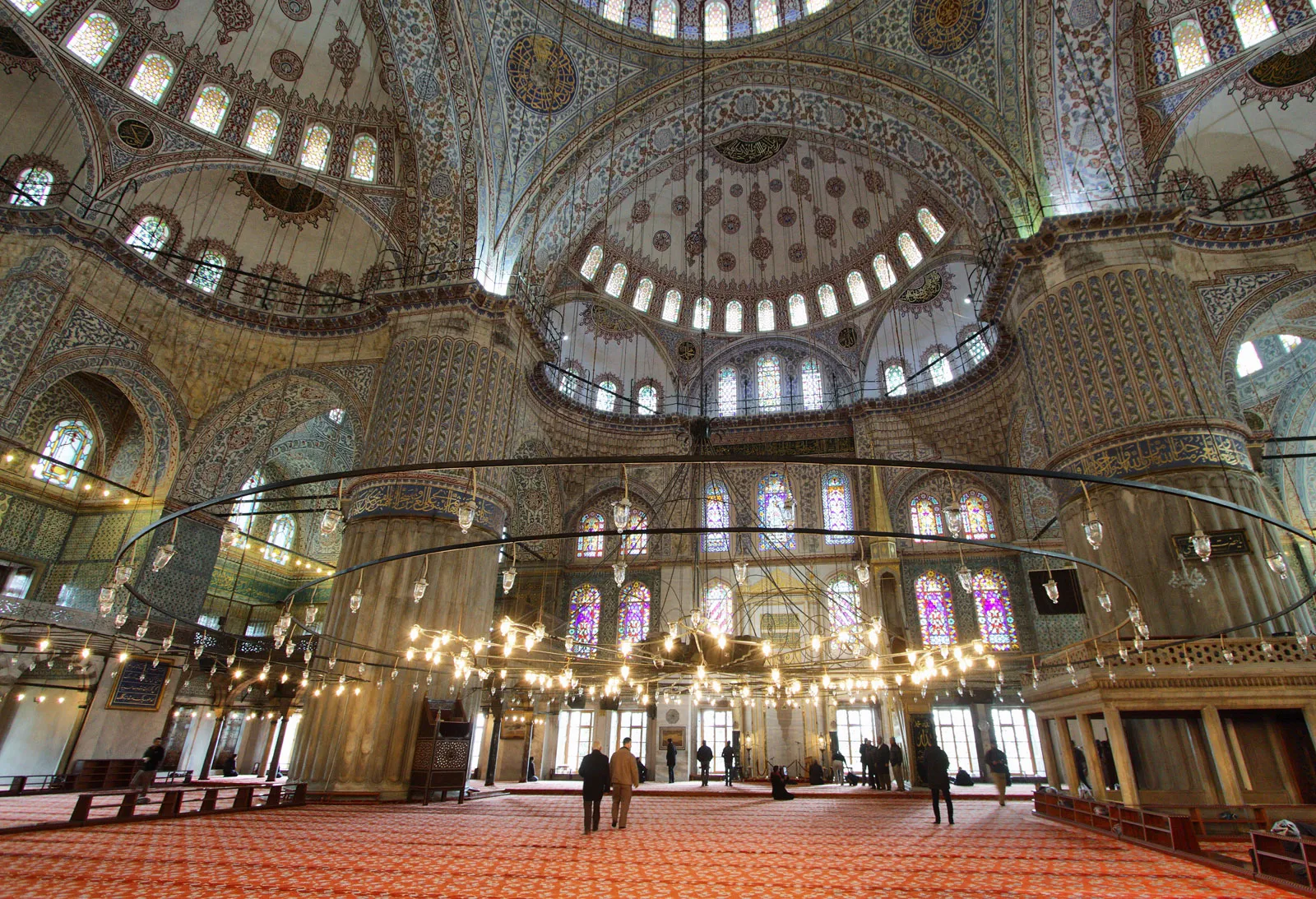Designing for Reflection: How Islamic Architecture Inspires Contemplation in Ramadan
architecture arts and culture Meditation Mosques ramadan 2025 Selfcare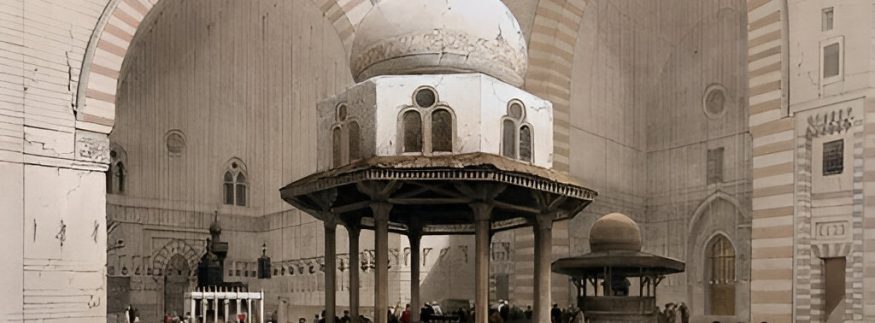
Safy Allam
Image via website
Ramadan is not just a month of fasting; it’s a journey of the soul and a time for deep reflection, prayer, and spiritual renewal. But have you ever noticed how the very architecture of mosques seems to guide worshippers into a state of peace and contemplation? From the soothing sounds of fountains to the mesmerising play of light through intricate patterns, Islamic architecture has long been designed to encourage mindfulness and connection with the divine.
Let’s take a walk through these enchanting elements and uncover the secrets they hold during the holy month.
The Magic of Courtyards
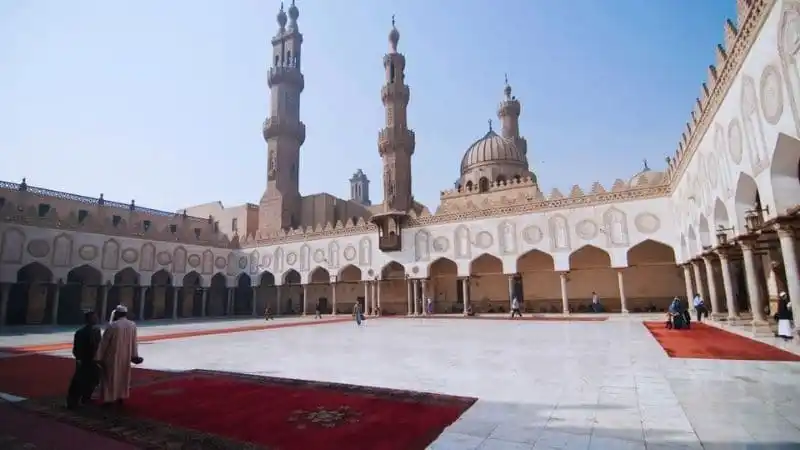
Image via website
Step into a mosque’s courtyard, and you’ll feel an instant sense of calm. These vast, open spaces, found in places like Al-Azhar Mosque, are designed to create a buffer between the chaos of the outside world and the serenity within. In Ramadan, they transform into gathering places where families and strangers alike break their fasts together under the open sky, sharing dates, water, and heartfelt prayers. It’s a reminder that spirituality isn’t just about solitude; it’s also about community.
The Whisper of Water
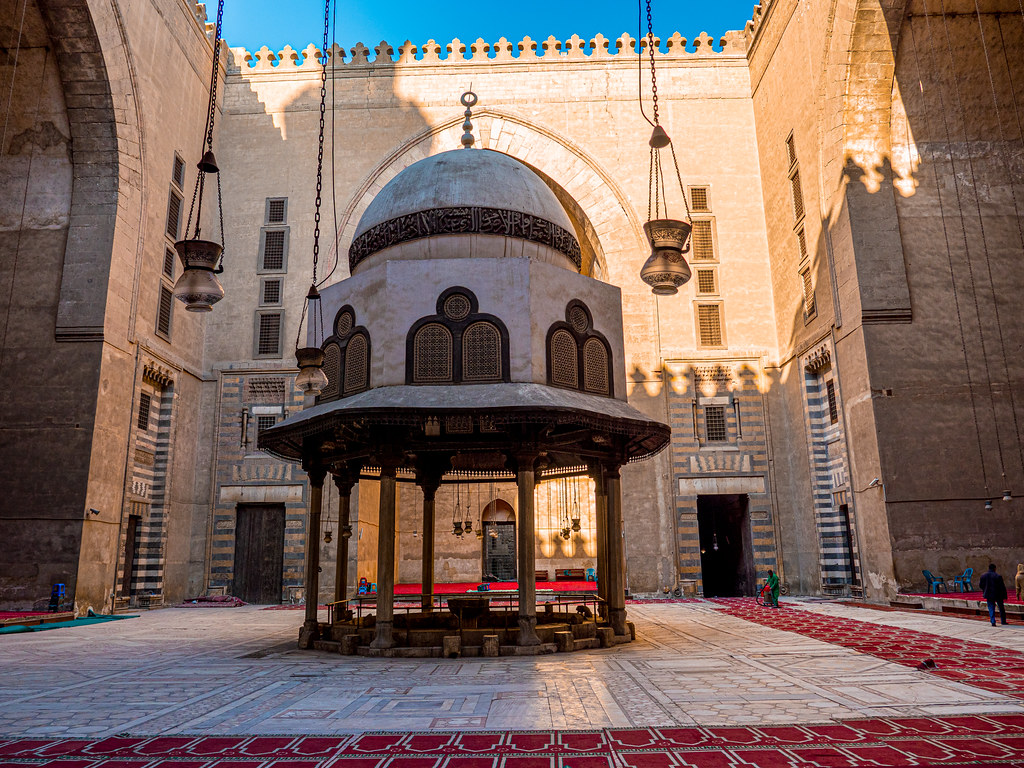
Image via website
Have you ever noticed how many mosques feature gentle fountains? This isn’t just for decoration. The rhythmic sound of trickling water has a naturally calming effect, helping worshippers ease into a meditative state. In the historic courtyards of Sultan Hassan Mosque, for example, the central fountain provides a moment of quiet before prayer. Water also represents purification; just as we cleanse ourselves before Salah (wudu’), we cleanse our hearts and minds during Ramadan.
The Dance of Light
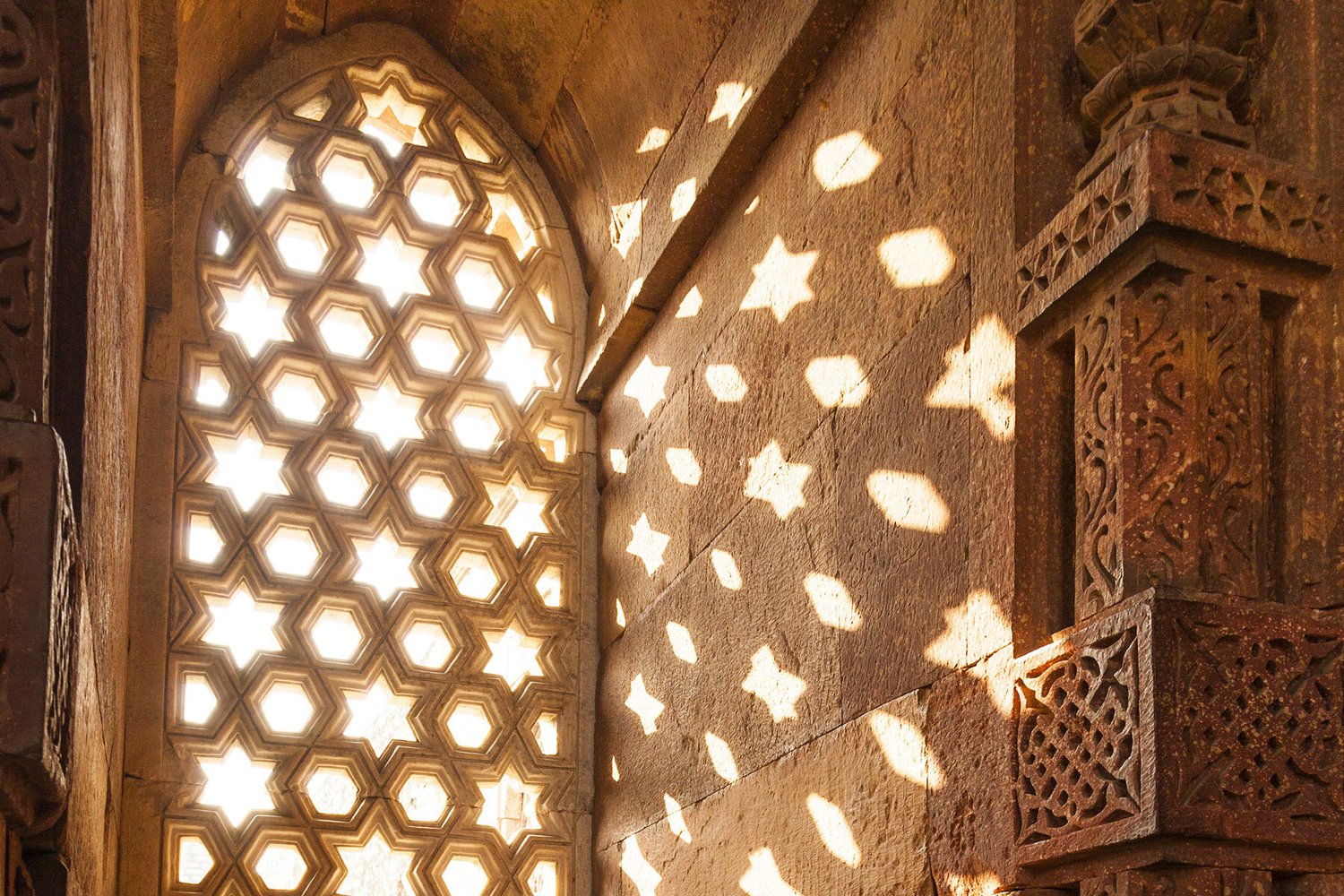
Image via website
Islamic architects were masters of natural light. Instead of harsh, direct sunlight, they designed intricate mashrabiya screens and grand domes that allow light to filter through in soft, dappled patterns. This creates a dreamlike atmosphere, perfect for deep thought and prayer. Imagine sitting inside the Mosque of Muhammad Ali at dusk, watching golden rays stream through the high windows. It’s as if the very architecture is guiding your soul toward reflection.
The Hypnotic Beauty of Geometric Patterns
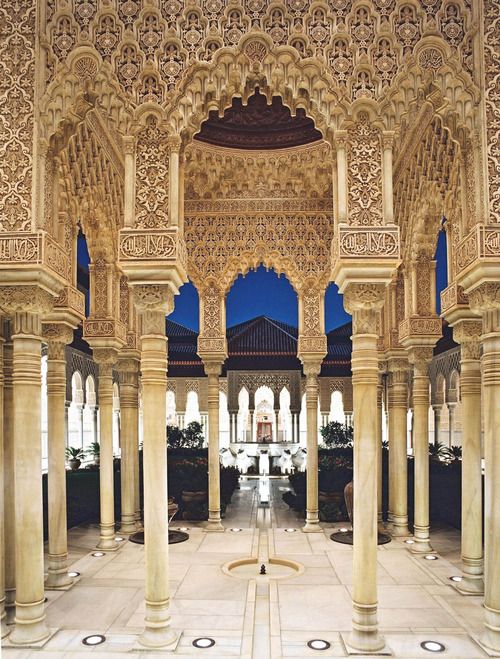
Image via website
Why are Islamic mosques covered in elaborate geometric designs? The answer is fascinating. These never-ending patterns symbolise infinity and divine order, subtly reminding worshippers of the vastness of God’s creation. During Ramadan, as people seek clarity and peace, the act of tracing these patterns with their eyes can be almost meditative, like getting lost in a beautiful thought.
The Simplicity of Prayer Halls
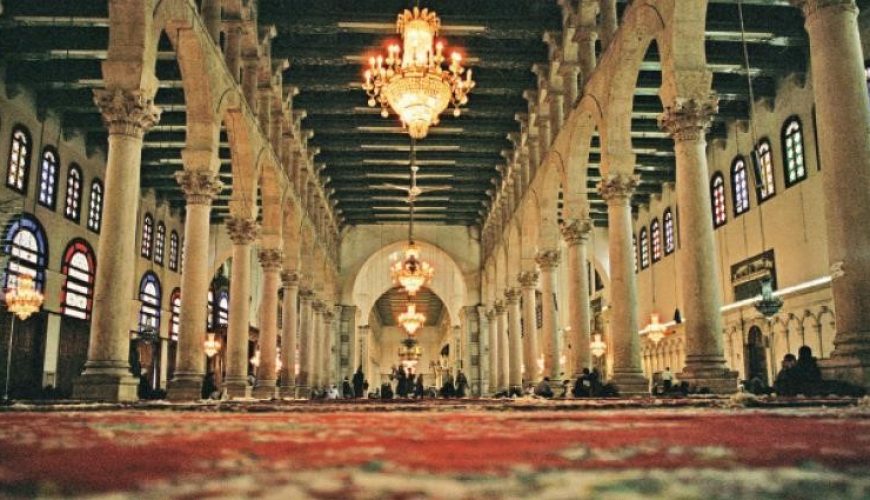
Image via website
Unlike churches or temples filled with statues and paintings, mosques are deliberately minimalist. Why? So there’s nothing to distract worshippers from their prayers. The grand, empty halls of Amr ibn al-As Mosque, Egypt’s oldest, invite people to kneel, bow, and connect with their Creator without any worldly interruptions. During the long Taraweeh prayers of Ramadan, this simplicity becomes even more powerful, with nothing but you, your prayers, and the sacred space around you.
The Dome
Image via website
Look up inside any grand mosque, and you’ll find a soaring dome above you. It’s not just there for aesthetics or echoes. Domes create a unique sense of openness, making worshippers feel connected to the sky, the stars, and, ultimately, to God. Some believe that praying under a dome enhances the spiritual experience, as the vastness above mirrors the endless mercy of the divine.
The Mihrab
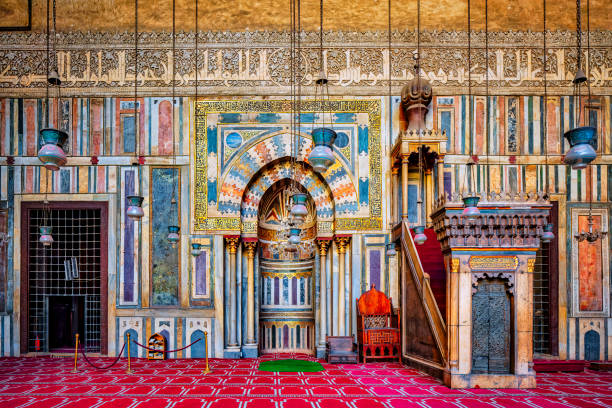
Image via website
Every mosque has a mihrab, a small, elegant niche in the wall that points towards Mecca. But did you know that the design of the mihrab also helps amplify the voice of the Imam? Before microphones existed, this clever architectural feature ensured that everyone could hear the recitation of the Quran clearly. During Ramadan, as mosques echo the soulful verses of the Taraweeh prayers, the mihrab plays a quiet but crucial role in connecting people with the divine message.
During Ramadan, when minds seek clarity and hearts long for peace, these architectural elements become silent companions on the journey of worship. Whether it’s the warmth of the evening light through a mashrabiya screen or the rhythmic echo of Quranic recitation under a grand dome, every detail is a reminder that faith is not just practised; it’s felt, seen, and experienced.
recommended
 Shopping
Shopping
Black Friday 2025: Where to Find Discounts & Offers in Egypt
Affordable shopping black friday +3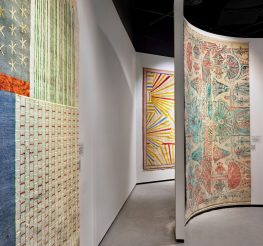 Arts & Culture
Arts & Culture
Cairo Design Week 2025: A Celebration of Creativity Across the City
Art Galleries in Zamalek arts and crafts +3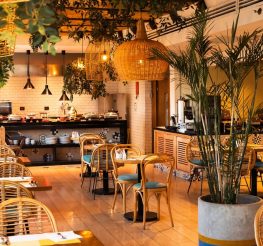 Restaurants
Restaurants


